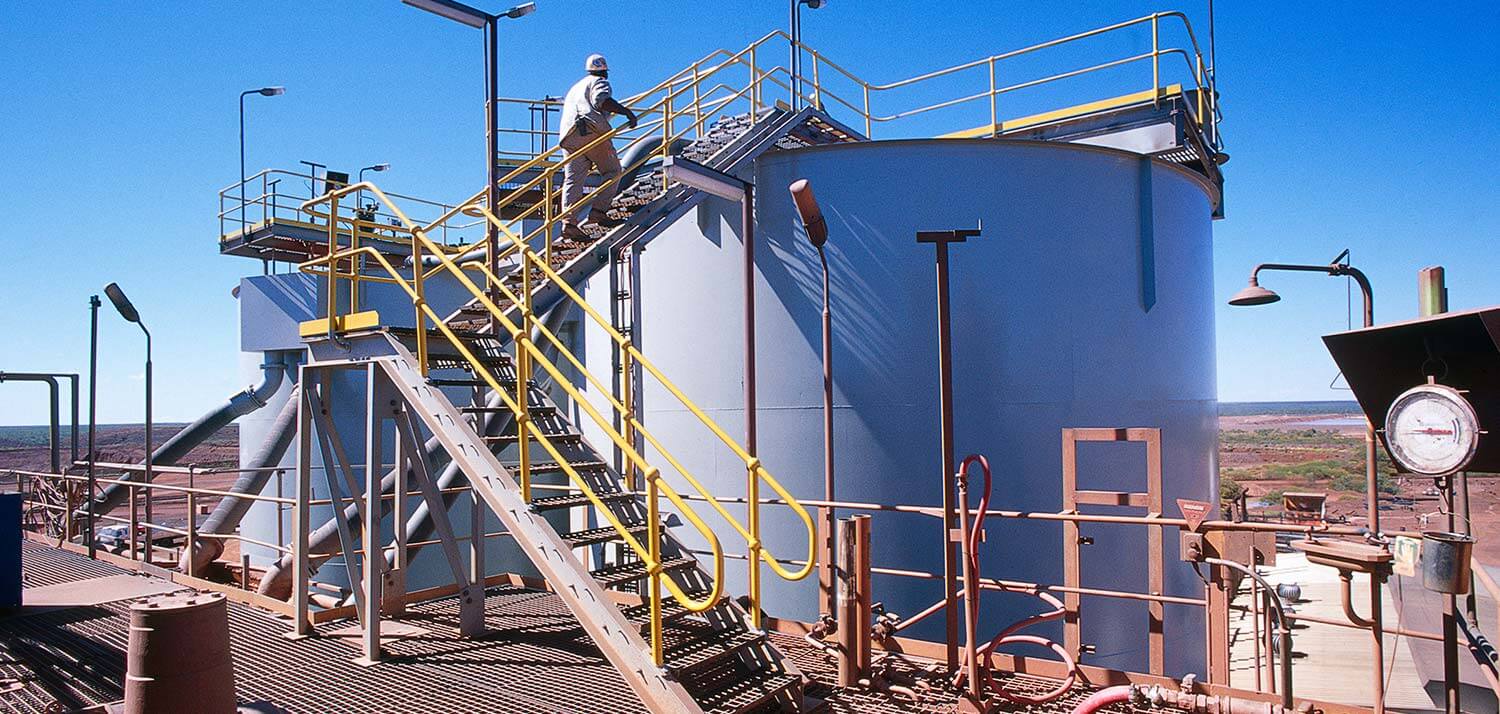The recent collapse of Gascoyne Resources and poor market update from Dacian Gold has highlighted how critical a detailed knowledge of the mineral resource and mining approach is for an IPPs, yet most are still walking blind at their own peril.
The energy sector, in particular Independent Power Producers (IPP), are increasingly focusing on and presenting the benefits of renewable generation within mining operations. Hybrid power solutions offer the potential for significant benefits for remote mining operations. However, the realities of mining operations and the underlying resource and recovery outcomes are poorly understood by the IPP sector. Although the risks of long term Build Own Operate (BOO) hybrid contracts are enormous, the IPP sector has yet to embrace their need for mining expertise within the assessment of their potential long term offtake partners. This has been highlighted by recent downgrades and administrative moves within the mining sector.
An increasing number of IPP organisations are shifting to hybrid solutions with a range of international IPP companies also entering the Australian market. Our experience as advisors to mining companies and IPP organisations has demonstrated that a vast majority of local and international IPP companies do not understand mine grade, resource and reserve, mining methodology, expected recovery and AISC. Whilst IPP organisations undertake a review of the offtake customer’s corporate position, the IPP and financiers are not educated in resource economics and mine planning. This presents significant risks to the energy sector and heightens the risks of corporate failures within the IPP sector as recently seen with EPC contractors RCR Tomlinson and Tempo Australia.
The recent collapse of Gascoyne Resources (ASX: GCY) has shone a spotlight on the dangers for IPP’s. On the 3rd of June, mid-cap gold producer Gascoyne Resources announced that it had appointed FTI Consulting as its voluntary administrators. The announcement by Gascoyne Resources is unfortunately not uncommon in the resources sector with the challenges of delivering on expectations being repeated time and again. Gascoyne noted that it had continually experienced issues with reconciling the planned Mineral Resource model with actuals, delivering reduced ounce production. This was on the back of a March quarterly update that expressed its concerns with the Dalgaranga Gold Operation’s processing levels.
It appears that Gascoyne were having issues with hitting the expected grade whilst also struggling to achieve required processing throughput for the Dalgaranga plant. The result on the performance of the mine has been significant. Gascoyne reported in their December 2018 update that they were forecasting between 92,000oz and 102,000oz for the 2019 CY, targeting roughly between 23,000oz and 25,500oz per quarter at an AISC of between A$1,220 and A$1,320 per ounce. However, the March 2019 quarterly update reported figures substantially lower than the expectations with 12,216 ounces of recovered gold at an AISC of A$2,052/oz. To put this in perspective, below is a chart illustrating a peer comparison of the Australian gold mining landscape.

Both NRW Holdings and Independent Power Producer (IPP), Zenith Energy, entered into trading halts post the release of the announcement by Gascoyne due to both entities holding substantial contracts with the miner. In December 2017, Zenith Energy announced that they had signed a Power Purchase Agreement (PPA) with Gascoyne Resources to build, own and operate a 15MW gas-fired power station for the Dalgaranga Gold Project. The PPA has an initial 6-year term, with the option to extend this for a further 4 years. The impact on Zenith Energy will be significant, however, for the time being, Gascoyne administrators intend to continue to operate the mine as a going concern. If the mine is closed, Zenith will be required to terminate the contract for insolvency, claim for breach of contract and attempt to recoup the debt via the insolvency proceeds. Further, the gas engines would be removed and repurposed by Zenith Energy on another contract or sold.
The impact on Zenith Energy would have been significantly greater had the power plant been developed as a hybrid renewable-thermal power station. With increasing stakeholder expectations, future emission and fuel price escalation risks as well as cost benefits for the miner, the move to hybrid power plants is being considered across the industry. It is the logical evolution of power supply for remote mining operations as the costs of renewable sources now deliver viable alternatives. However, hybrid plants present extended payback periods and a fixed asset that is exposed to mines unexpectedly closing or shifting to care and maintenance. This is a major issue for the hybrid IPP sector as the understanding of mining operations and risks is largely absent within these organisations
It is imperative that IPP companies gain better advice and insight as to the resilience of mineral assets to ensure the growth of this sector. Failure of IPP companies to gain this understanding will lead to broken contracts and ultimately the collapse of IPP companies. This will impact not only the enthusiasm within the IPP sector, but also place greater uncertainty into the minds of miners and financiers. A response to this ticking time bomb has yet to become evident within the industry as energy specialists rather than mining specialists act as decision makers within the IPP sector.

